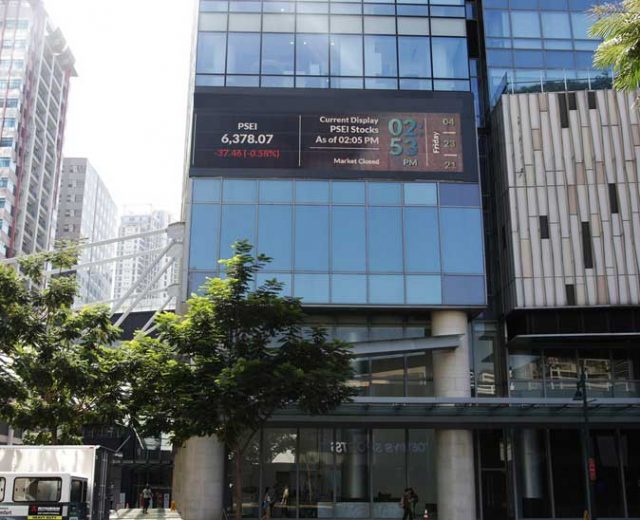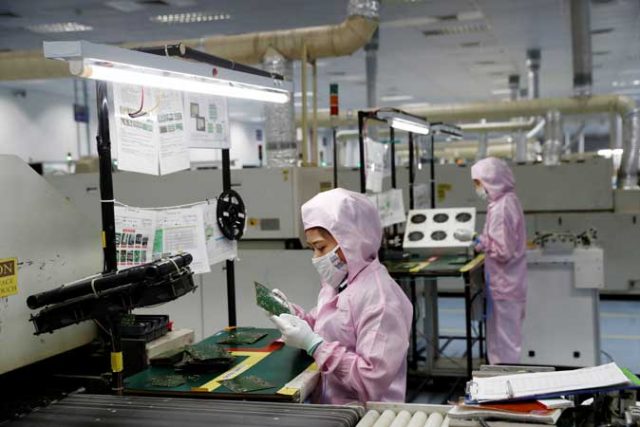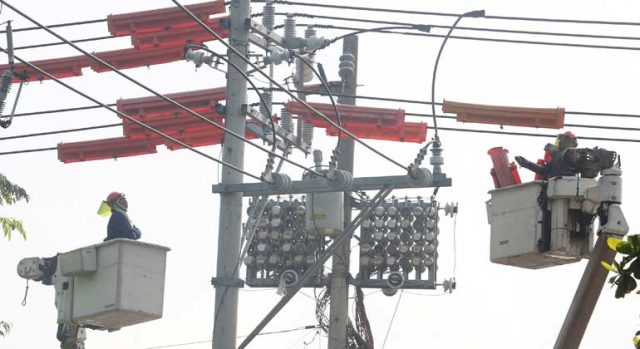Shares decline on latest jobs data, pandemic concerns
Philippine shares closed the week in the red after data showed that the country’s unemployment rate went down in March and as the country’s pandemic situation continue to cloud investor sentiment.
The Philippine Stock Exchange index (PSEi) went down by 24.07 points or 0.38% to close at 6,258.71 on Friday, while the all shares index decreased by 2.22 points or 0.05% to finish at 3,877.43.
“Philippine shares closed lower as investors focused their attention on the highly anticipated jobs data, while fund managers continued to assess the new set of earnings that came out,” Regina Capital Development Corp. Head of Sales Luis A. Limlingan said in a Viber message.
The preliminary results of the Philippine Statistics Authority’s Labor Force Survey for March this year showed that around 3.441 million Filipinos are unemployed, lower than the 4.187 million recorded in February.
The country’s unemployment rate for the month was at 7.1%, the lowest since the 5.3% seen in January last year.
Philstocks Financial, Inc. Senior Research Analyst Japhet Louis O. Tantiangco said the decline “[reflects] investors’ declining confidence towards the market amid the pandemic and economic concerns.”
“Investors continue to worry about the pace and the strength of our economic recovery due to the setbacks brought by the pandemic and the consequent strict quarantine measures reimposed in the NCR Plus,” Mr. Tantiangco said, referring to the National Capital Region and nearby provinces.
“Tailwinds that can boost sentiment remain missing,” Mr. Tantiangco said. in a Viber message.
Sectoral indices remained split on Friday. Mining and oil gained 136.89 points or 1.44% to 9,588.36; services climbed 18.98 points or 1.33% to 1,444.40; and industrials improved by 18.37 points or 0.21% to end at 8,628.65.
Meanwhile, property declined by 29.98 points or 0.97% to 3,044.26; holding firms fell by 42.47 points or 0.67% to close at 6,226.53; and financials inched down by 7.44 points or 0.53% to 1,390.35.
Value turnover went down to P4.66 billion on Friday with 2.10 billion shares traded, from the P5.28 billion seen the previous trading day with 13.84 shares switching hands.
Decliners narrowly outnumbered advancers, 106 to 104, while 35 names closed unchanged.
Net foreign selling increased to P637.59 million on Friday from the P460.67 million seen in net outflows recorded on Thursday. — Keren Concepcion G. Valmonte











